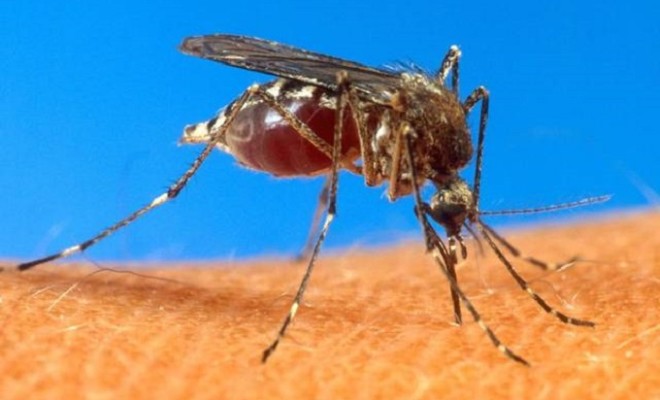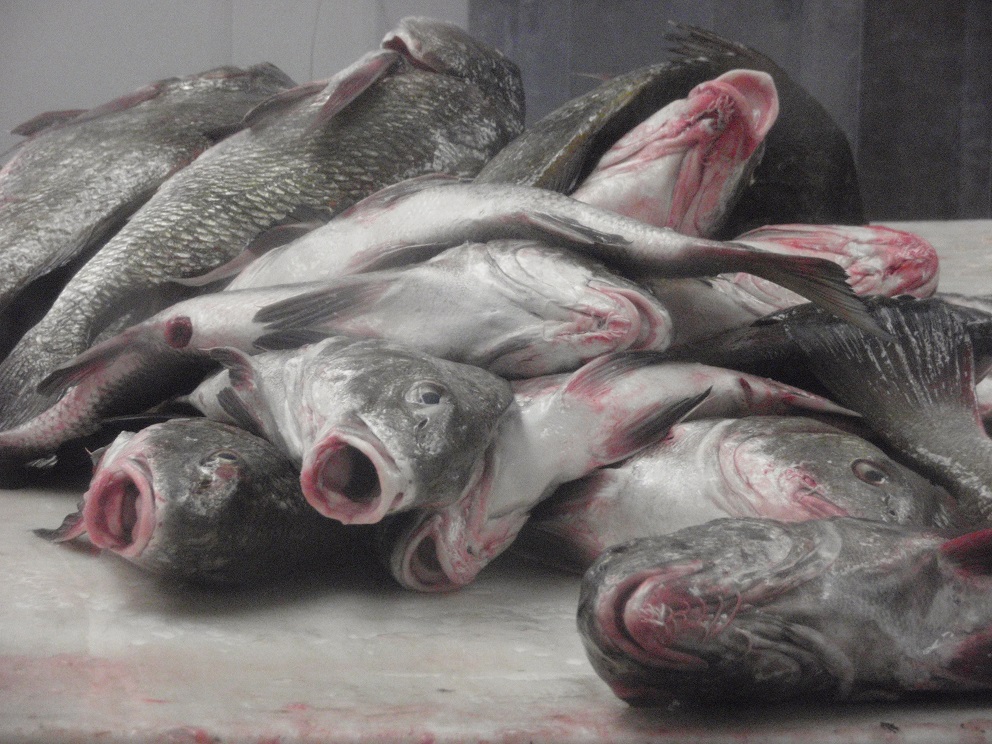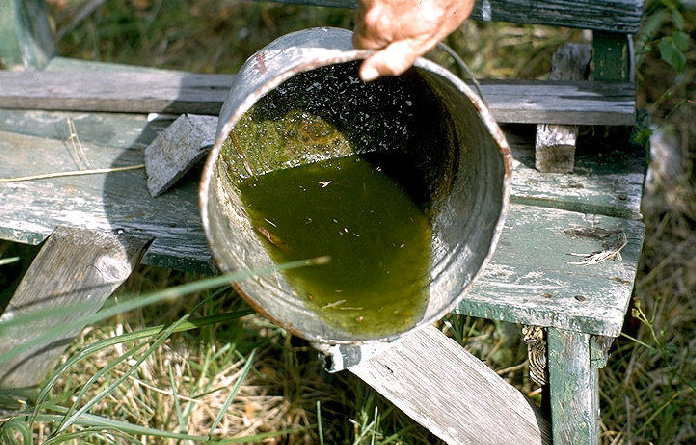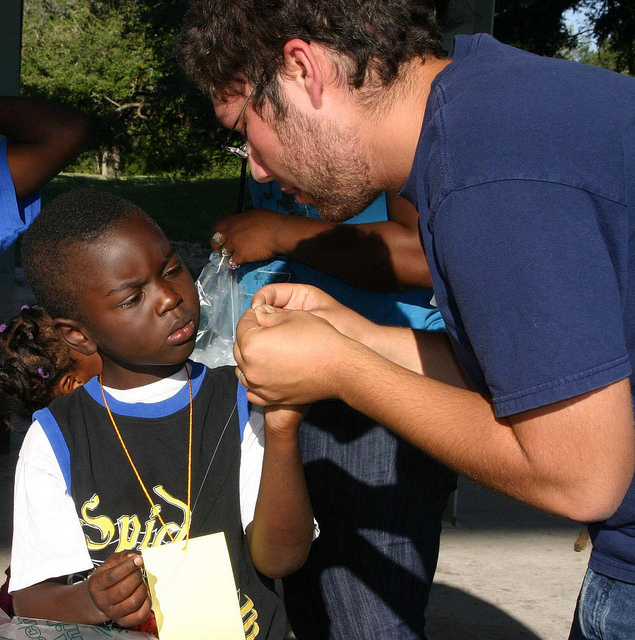How to Sight Your Hunting Rifle
Thursday, September 8th, 2016
This is Passport to Texas
Bring a properly sighted rifle into the field this hunting season. You may have your own method, and here’s another to consider:
With an unloaded firearm, make initial adjustments on the scope by bore sighting with a device or the naked eye. Yet, a shooting range is where real adjustments occur.
Practice with the same ammo you’ll use when hunting. Different brands and cartridge weights vary in performance. If you sight in your firearm with one kind of cartridge but hunt with another, you risk missing your target.
At 25 yards and using a paper target with a one-inch grid pattern, shoot three rounds, aligning the scope’s crosshairs at the exact center of the target. This three-shot group will reveal how far off center your scope is set.
Based on the average of your shots, use the scope’s dials, to make adjustments. For vertical movement adjust the elevation. For horizontal movement, adjust left and right, called windage. At 25 yards, you can adjust for windage, but for proper elevation, it is best to move the target back to 100 yards and shoot three more rounds.
Depending on the average distances you shoot at game in the field, you may want to center your group either at the bulls-eye or at one inch high at 100 yards.
Find a sighting demo video at passporttotexas.org.
The Wildlife Restoration program supports our series.
For Texas parks and Wildlife…I’m Cecilia Nasti.






 Passport to Texas is a
Passport to Texas is a  Passport to Texas is made available by:
Passport to Texas is made available by: